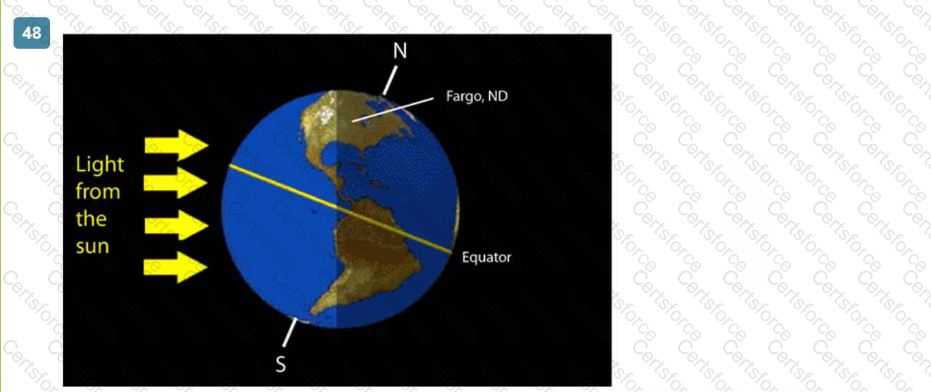When the universe first formed, it consisted mainly of hydrogen atoms. Over time, the hydrogen atoms began to collect together to form large balls of hydrogen gas. The hydrogen atoms continued to attract each other, moving closer together. Eventually, pressure and temperature at the center of the cloud of hydrogen became high enough for nuclear fusion to begin. This formed the first generation of stars in the universe.
What caused these early stars to form?
While listening to the morning weather report, a scientist hears that a low pressure system is settling over the area.
How should the scientist prepare for the day's weather?
A scientist measures the change in temperature from a chemical reaction over a three-day period in a single experiment. When the scientist analyzes the data, the results are five degrees Celsius higher than reported by other scientists after studying the same reaction.
How can the scientist appropriately resolve this problem?
Which type of wave travels the slowest?
Which time of the year Is it In Fargo, North Dakota, when Earth is facing the sun as shown in the diagram?

Which of these is an example of climate change caused by human activity?
A heavy rain produces runoff.
Which reservoir does the water become a part of during this runoff process?
A person near a campfire may feel warmth from the fire even though the heated air above the fire does not reach her.
Which part of the electromagnetic spectrum transfers most of the energy that warms her?
Which layer of the atmosphere would an atmospheric scientist be investigating if the scientist were studying the formation of clouds?
In which scenario does gravity cause the change in the object's motion?